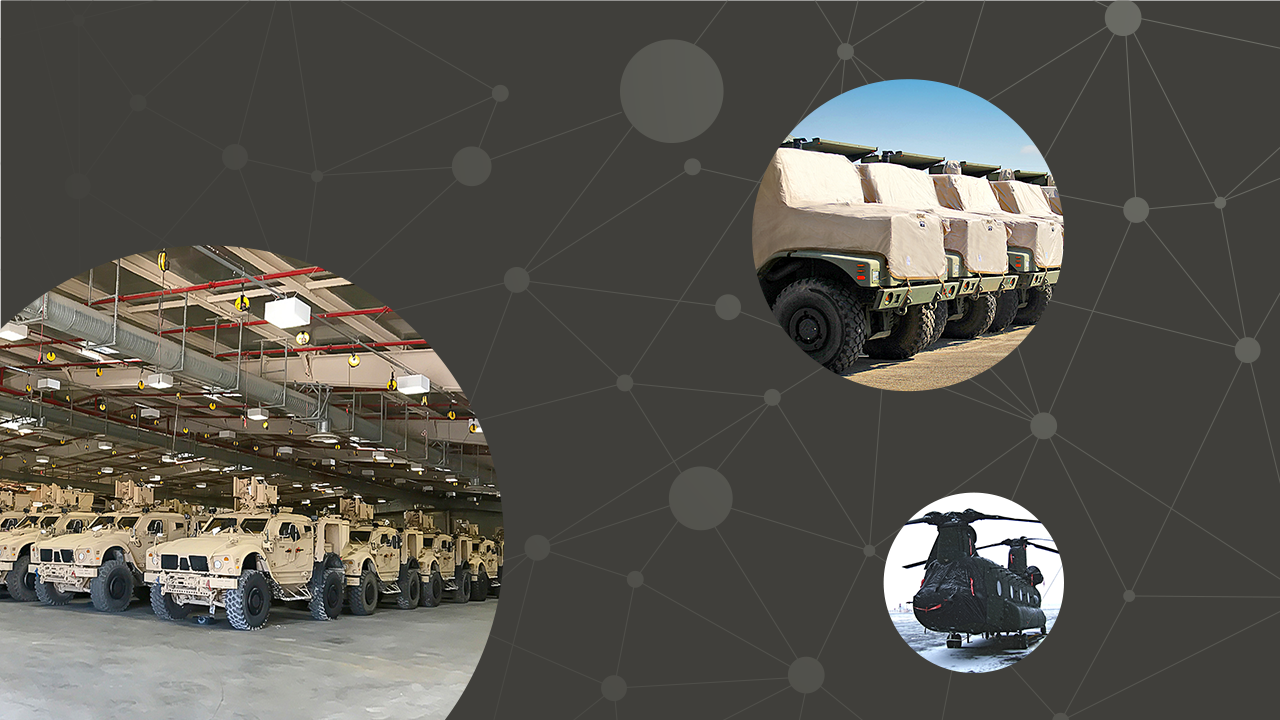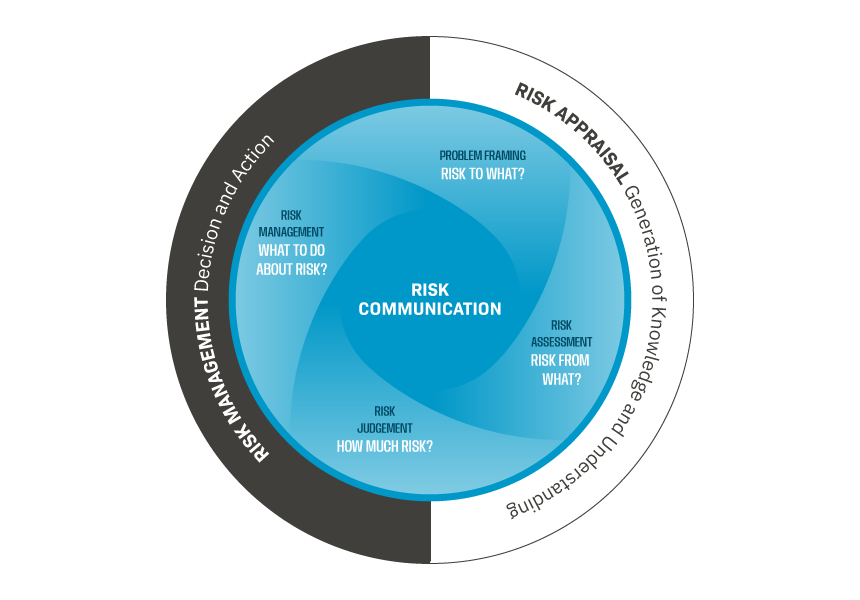Connecting the dots between corrosion-prevention and sustainment
Corrosion-prevention and sustainment go hand-in-hand. As it relates to equipment, sustainment is all about maintaining a continual state of readiness - whether it’s aircraft, vehicles, weapon systems, or ground support equipment. The ability to plan, anticipate, improvise, respond, is predicated on readiness. When you look at corrosion through the lens of the DoD’s Joint Risk Analysis Methodology (JRAM) from the 2022 paper on sustainment best practices,* you can see the intersection of the two topics:
Risk to What?
At risk is the operational readiness of aircraft, vehicles, weapon systems, ground support equipment due to corrosion. If certain equipment is not ready, mission capability may be compromised, which may require a change of plans, even a change in strategy. Equipment may be in the right place at the right time, but depleted or even unavailable.
Risk from What?
Equipment exposed to the elements is susceptible to corrosion from a variety of threats - precipitation, humidity, pollution, UV radiation, and more. Any equipment being sent across oceans is particularly vulnerable as salt water is one of the biggest causes of corrosion. And if the equipment arrives in an unready state, it won’t matter if the logistics were spot-on.
How much Risk?
The level of risk depends on the severity of the environment, how equipment was stored, how/where it was transported, etc. Considering that corrosion is responsible for 1.15 million Non-Available Days annually across the DoD, the risk level is significant. Factor in that INDOPACOM is the most corrosive environment on earth, and the risk increases substantially. (During a recent trip to Guam our team saw first-hand how devastating corrosion can be in that region.)
What to do about Risk?
Now the good news. There are several highly cost-effective ways to mitigate the risk of corrosion. The most immediate and most versatile is the use of advanced protective covers, which can be employed whether the equipment is being stored on base, put on a ship, or out in the field. Note that we said “advanced protective covers.” That’s because you need covers made of the latest technical textiles that are air-permeable (won’t trap moisture), hydrophobic and oleophobic, UV-durable, etc. (Learn more about Protective Covers here.)
The other highly effective approach is to employ Corrosion-Free Environments (CHP, Class IX Parts Storage, Level III Aircraft Preservation, etc). Corrosion-Free Environments stop the aging process by maintaining relative humidity (RH) at ~40%. That RH is optimal because it protects everything from metals to rubber gaskets and seals, sensitive electronics, etc. Equipment and parts stored in these environments is completely protected from corrosion. Utilization of these facilities can keep sustainment on the front foot - especially if they are installed in highly corrosive climates. (Learn more about Corrosion-Free Environments here.)
Corrosion-prevention is an important part of sustainment, ensuring the ability to anticipate, respond, improvise by improving readiness levels. Contact us to learn more about how corrosion-prevention can serve sustainment.
*Insights and Best Practices Focus Paper: Sustainment (6th Edition) Deployable Training Division Joint Staff J7 2022 (22-S-2149)


